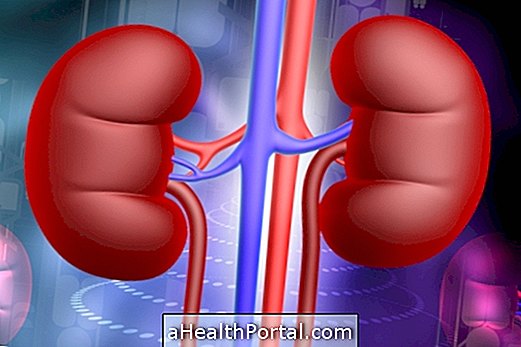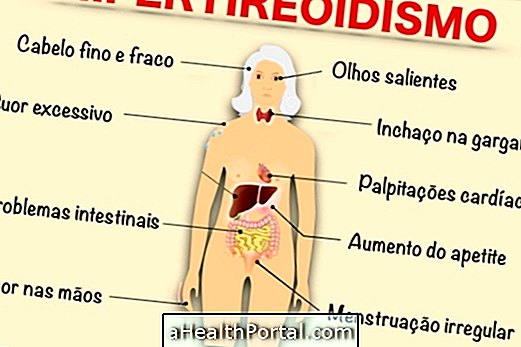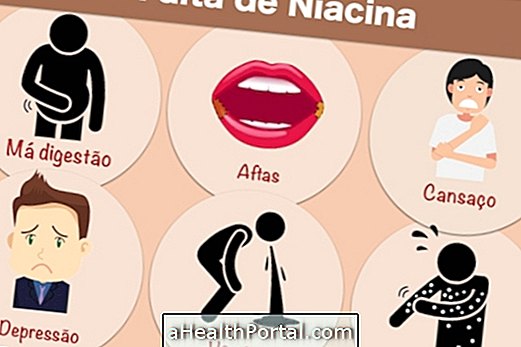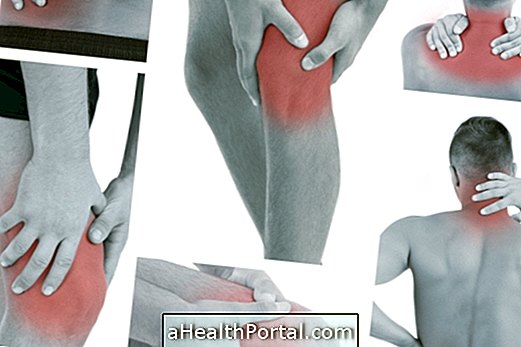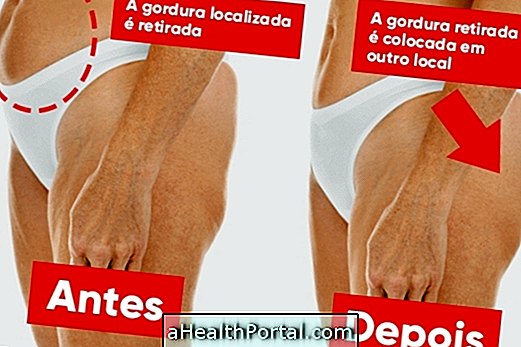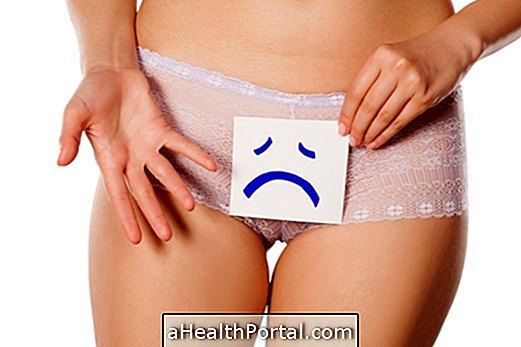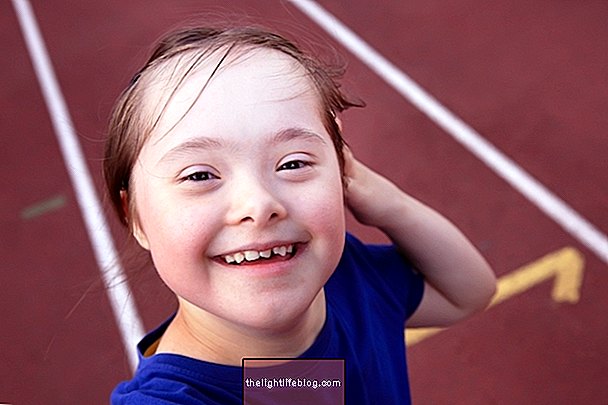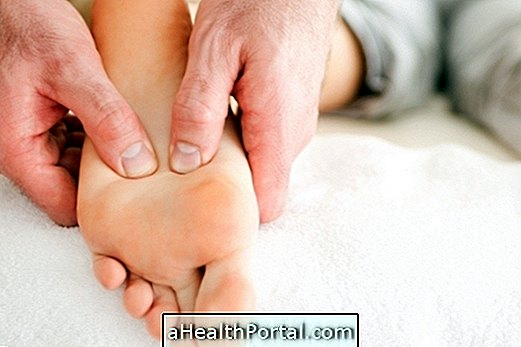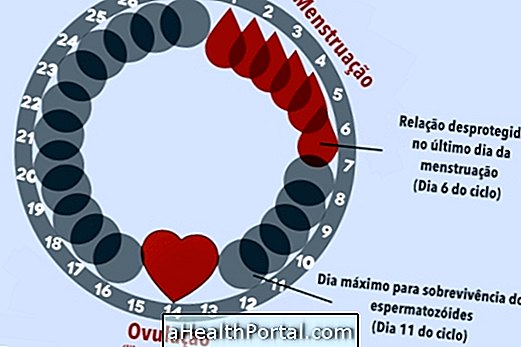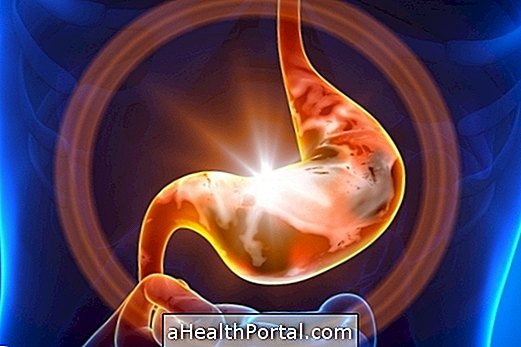Some symptoms like red eyes, weight loss, sudden mood swings, and even loss of interest in daily activities can help to identify if someone is using drugs. However, according to the drug being consumed, these symptoms may vary.
Thus, while some drugs, such as cocaine, cause mostly behavioral changes, such as marijuana or LSD, cause psychological changes. And almost all the drugs cause physical symptoms, like red eyes, weight loss or tremors, for example.
Learn about different types of drugs and their effects on the body.
1. Physical signs
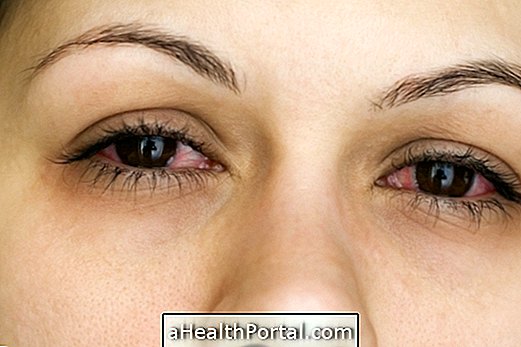
- All drugs manifest differently in the body; however, these are the most common physical signs and symptoms:
- Red eyes and with excessive tears;
- Pupils larger or smaller than normal;
- Rapid changes in weight;
- Frequent hand tremors;
- Difficulty coordinating movements;
- Speech slowed or changed.
Also, people who use regular drugs also tend to stop worrying about their image, going on to constantly wear the same clothes or not getting ready before leaving home, for example.
2. Behavioral signs

- The drugs have a strong effect on the correct functioning of the brain, causing the user to have changes in the way he behaves and even in the emotions he expresses. Some of the most common changes are:
- Decreased productivity at work or in daily activities;
- Frequent absences from work or other commitments;
- Easily start fights at home or at work;
- Doing dangerous activities such as driving after drinking;
- Frequent need to borrow money;
- Losing interest in friends and family.
Another very common sign is the desire to want to be always alone, avoiding activities like leaving home or being with friends. Usually it is during these times that the person feels the privacy necessary to reuse the drug without anyone knowing.
3. Psychological Signs

This type of signs may be more evident in some types of drugs, such as marijuana, LSD or ecstasy, as they are capable of causing strong hallucinations, which alter the perception of what is around. These signs include:
- Be constantly afraid or anxious for no apparent reason;
- Have sudden changes in personality;
- Be more agitated and hyperactive during some periods of the day;
- Have sudden moments of anger or easy irritability;
- Show less willingness to do daily activities.
These changes may also be symptoms of some psychiatric illness, such as depression, bipolar disorder or schizophrenia, for example. In this way, it may be necessary to consult a physician who knows the person or to take the person to a psychologist in order to understand the true cause of the changes.
Who is at greater risk of using drugs
People of all ages, sex or economic stature may be tempted to try a drug and even get addicted. However, there are some factors that are related to an increased risk of starting drug use.
Some of these factors include having a history of drug use in the family, having a psychiatric disorder such as depression or attention deficit, having a group of friends where some people use some type of drug, or feeling they do not have family support.
In addition, drugs are also more commonly used by those who need to escape reality, such as those suffering from post-traumatic stress disorder or anxiety or panic attacks.
What to do in case of suspicion
When it is suspected that someone might be using drugs the most important thing is to talk to this person to try to understand if they are actually using any drugs. Regardless of the answer, it is important to show this person that they are available to help in what they need and even seek expert help if necessary.
In cases where the person is already addicted to the drug, it is very common to try to lie, however, being available to help is the best way to try to reach the truth. In these cases, the only form of treatment is seeking a rehabilitation clinic or a reception center, such as the SUS Psychosocial Care Center (CAPS).
In most cases, it will take time, patience, and compassion to help a friend or family member stop drug addiction.
